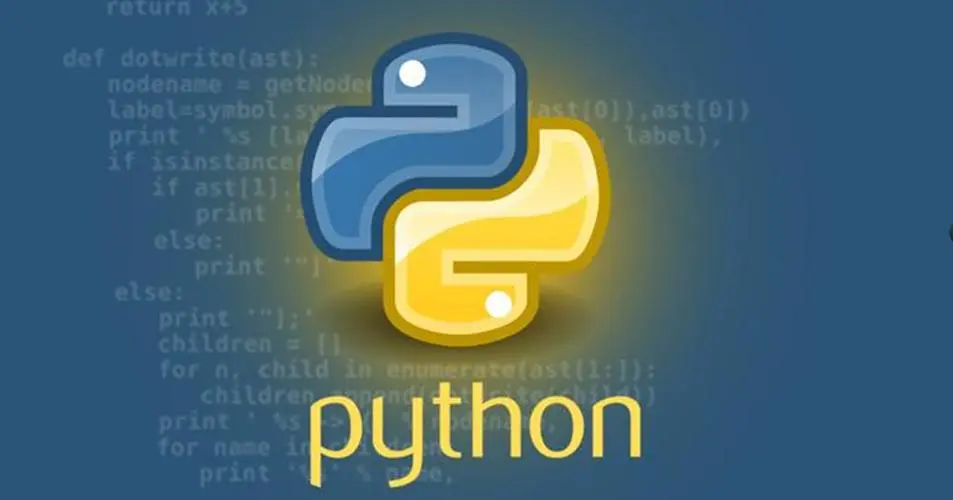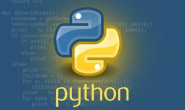
理解和处理XML数据在Python中是一项常见任务,但通常情况下,XML数据的解析和处理可能会变得复杂和繁琐。为了简化这个过程,有一个名为xmltodict的第三方Python库,它可以将XML数据转换为Python字典,使XML数据更容易处理。
在本文中,我们将详细介绍xmltodict库的使用,提供详细的案例和示例代码。
什么是xmltodict?
xmltodict是一个Python库,用于将XML数据解析为易于处理的Python字典。这个库的主要目的是简化XML数据的解析过程,从而使XML数据的操作更加方便。它可以将XML数据转换为Python字典,这样就可以像操作字典一样轻松访问和修改XML数据。这对于处理从Web服务或文件中获取的XML数据特别有用。
以下是使用xmltodict的主要步骤:
-
将XML数据解析为Python字典。 -
使用Python字典来访问和处理XML数据。 -
将Python字典转换回XML数据(如果需要)。
安装xmltodict
首先,安装xmltodict库。
使用pip来完成安装:
pip install xmltodict
基本用法
首先了解如何使用xmltodict来将XML数据解析为Python字典。
将XML数据解析为Python字典
考虑以下XML示例:
<bookstore>
<book>
<title>Python for Beginners</title>
<author>John Smith</author>
<price>29.95</price>
</book>
<book>
<title>Python Advanced Topics</title>
<author>Jane Doe</author>
<price>39.95</price>
</book>
</bookstore>
要将上述XML数据解析为Python字典,可以使用xmltodict.parse函数:
import xmltodict
xml_data = """
<bookstore>
<book>
<title>Python for Beginners</title>
<author>John Smith</author>
<price>29.95</price>
</book>
<book>
<title>Python Advanced Topics</title>
<author>Jane Doe</author>
<price>39.95</price>
</book>
</bookstore>
"""
data_dict = xmltodict.parse(xml_data)
现在,data_dict包含了XML数据的Python字典表示。
访问Python字典中的XML数据
将XML数据解析为Python字典,就可以轻松地访问和操作它。
例如,要获取第一本书的标题,可以执行以下操作:
first_book_title = data_dict['bookstore']['book'][0]['title']
print(f"Title of the first book: {first_book_title}")
要获取第二本书的作者,可以执行以下操作:
second_book_author = data_dict['bookstore']['book'][1]['author']
print(f"Author of the second book: {second_book_author}")
这使得访问XML数据变得非常简单,因为只需使用字典索引来导航和获取所需的数据。
将Python字典转换为XML数据
如果对Python字典进行了修改并希望将其转换回XML数据,xmltodict也提供了相应的函数。使用xmltodict.unparse函数,可以将Python字典转换为XML字符串。
例如,如果修改了第一本书的价格,可以将Python字典转换回XML数据:
data_dict['bookstore']['book'][0]['price'] = '19.99'
xml_data = xmltodict.unparse(data_dict, pretty=True)
print(xml_data)
这将生成一个XML字符串,其中第一本书的价格已经更新。
高级用法
xmltodict还提供了一些高级用法,以便更灵活地解析和处理XML数据。这些高级用法包括处理属性、使用自定义转换器等。
处理XML属性
XML元素可以具有属性,这些属性包含有关元素的额外信息。xmltodict可以轻松地将这些属性包含在解析后的Python字典中。
考虑以下XML示例,其中book元素具有一个名为id的属性:
<bookstore>
<book id="1">
<title>Python for Beginners</title>
<author>John Smith</author>
<price>29.95</price>
</book>
<book id="2">
<title>Python Advanced Topics</title>
<author>Jane Doe</author>
<price>39.95</price>
</book>
</bookstore>
要处理这些属性,只需设置attr_prefix参数:
xml_data = """
<bookstore>
<book id="1">
<title>Python for Beginners</title>
<author>John Smith</author>
<price>29.95</price>
</book>
<book id="2">
<title>Python Advanced Topics</title>
<author>Jane Doe</author>
<price>39.95</price>
</book>
</bookstore>
"""
data_dict = xmltodict.parse(xml_data, attr_prefix='@')
# 访问第一本书的id属性
first_book_id = data_dict['bookstore']['book'][0]['@id']
print(f"ID of the first book: {first_book_id}")
使用自定义转换器
有时,希望自定义XML数据的解析和转换过程。xmltodict允许指定自定义转换器函数,以便在解析期间对数据进行转换。
以下是一个示例,定义一个自定义转换器函数,以将价格从字符串转换为浮点数:
import xmltodict
# 自定义转换器函数
def custom_float(value):
try:
return float(value)
except ValueError:
return value
xml_data = """
<bookstore>
<book>
<title>Python for Beginners</title>
<author>John Smith</author>
<price>29.95</price>
</book>
<book>
<title>Python Advanced Topics</title>
<author>Jane Doe</author>
<price>39.95</price>
</book>
</bookstore>
"""
# 使用自定义转换器解析XML数据
data_dict = xmltodict.parse(xml_data, postprocessor=custom_float)
# 访问第一本书的价格并将其转换为浮点数
first_book_price = data_dict['bookstore']['book'][0]['price']
print(f"Price of the first book (as float): {first_book_price}")
通过使用自定义转换器函数,可以灵活地控制如何处理XML数据的各个部分。
示例
在以下示例中,将使用xmltodict来处理一个更复杂的XML数据集,以演示更多的用例。
示例:解析天气预报数据
假设正在处理一个来自天气预报API的XML响应。XML响应如下所示:
<weather>
<location>
<city>New York</city>
<country>US</country>
</location>
<forecast>
<day date="2023-10-25">
<high>68</high>
<low>54</low>
<condition>Sunny</condition>
</day>
<day date="2023-10-26">
<high>72</high>
<low>58</low>
<condition>Partly Cloudy</condition>
</day>
<!-- 更多天气预报数据 -->
</forecast>
</weather>
首先,解析这个XML响应:
import xmltodict
xml_data = """
<weather>
<location>
<city>New York</city>
<country>US</country>
</location>
<forecast>
<day date="2023-10-25">
<high>68</high>
<low>54</low>
<condition>Sunny</condition>
</day>
<day date="2023-10-26">
<high>72</high>
<low>58</low>
<condition>Partly Cloudy</condition>
</day>
<!-- 更多天气预报数据 -->
</forecast>
</weather>
"""
data_dict = xmltodict.parse(xml_data, attr_prefix='@')
现在,已经将XML数据解析为Python字典。接下来,可以轻松地访问和处理这些数据:
# 获取城市名和国家
city = data_dict['weather']['location']['city']
country = data_dict['weather']['location']['country']
print(f"City: {city}, Country: {country}")
# 获取第一天的天气情况
first_day_date = data_dict['weather']['forecast']['day'][0]['@date']
first_day_high = data_dict['weather']['forecast']['day'][0]['high']
first_day_low = data_dict['weather']['forecast']['day'][0]['low']
first_day_condition = data_dict['weather']['forecast']['day'][0]['condition']
print(f"Date: {first_day_date}, High: {first_day_high}, Low: {first_day_low}, Condition: {first_day_condition}")
这个示例演示了如何使用xmltodict库来解析和处理复杂的XML数据,以提取有用的信息。
结论
xmltodict 是一个强大的 Python 第三方库,它简化了处理和解析 XML 数据的复杂性,使得在 Python 中处理 XML 变得更加容易。通过将 XML 数据转换为 Python 字典的形式,xmltodict为开发者提供了更方便的方式来访问和操作 XML 数据。
使用 xmltodict,可以将 XML 数据解析为 Python 字典,然后可以轻松地导航、检索和修改这些数据。这对于需要处理来自 Web 服务、API 或其他数据源的 XML 数据的开发任务非常有用。此外,还可以使用 xmltodict 将 Python 字典转换回 XML 数据,使其适用于数据生成和交互。
xmltodict 还支持处理 XML 元素的属性,允许您灵活处理包含属性的 XML 数据。还可以使用自定义转换器函数,以便在解析期间对数据进行转换,满足特定需求。
总之,xmltodict 是 Python 中处理 XML 数据的有力工具,可节省时间和精力,使您能够更轻松地处理和操作 XML 数据,特别适用于开发者需要与 XML 数据交互的情况。
